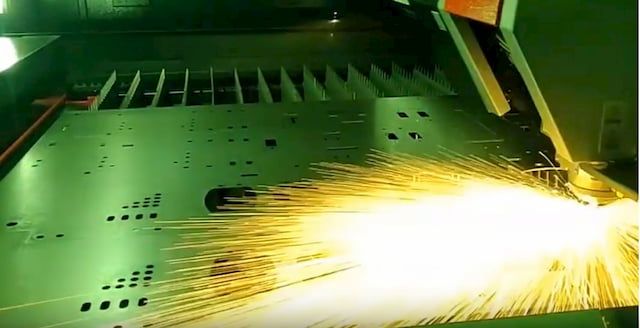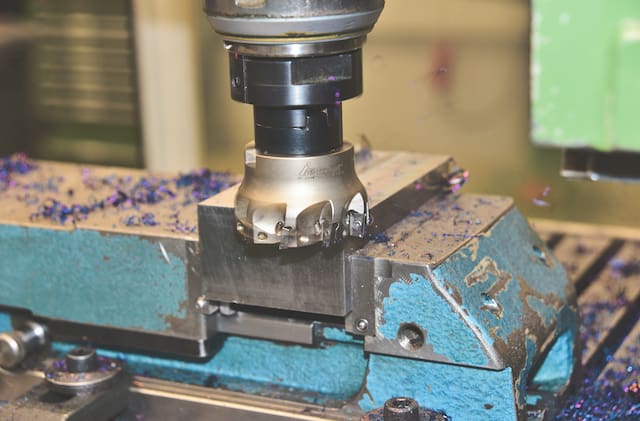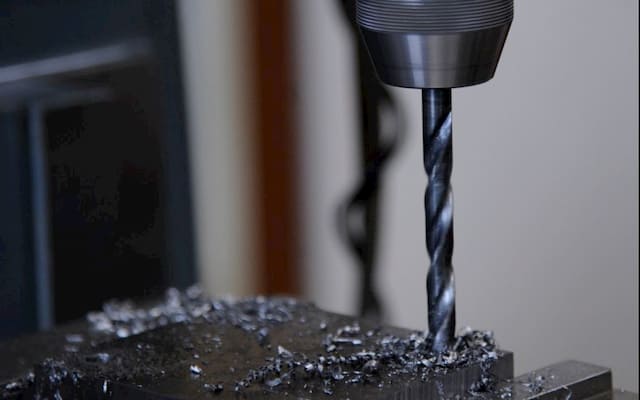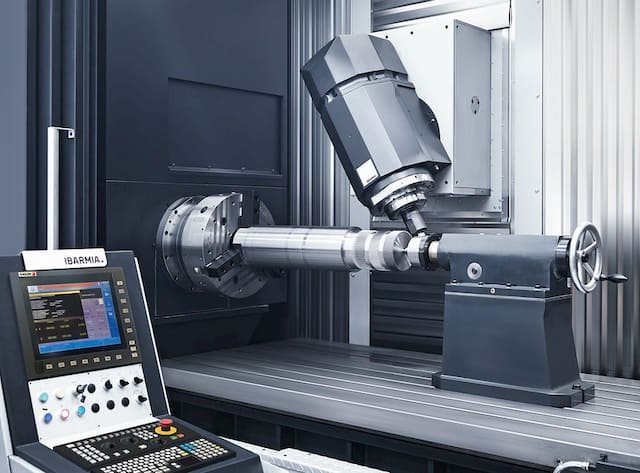Producing metal parts includes many different methods of metal manipulation. The selection of processes depends on the required end result as well as the type of metal, its shape, etc.
There are even 2 categories of fabrication based on shape – metal fabrication and sheet metal fabrication. While the first includes all the fabrication techniques, the second excludes others like CNC machining.
The list of metal fabrication processes is extremely long as it includes a variety of surface finishing operations, machining, cutting, etc. Still, we can say that there are a few select ones that dominate over the others as the most widely spread techniques.
Metal Processing
Here are some of the more common methods to transform a single workpiece into a desired part.
Laser Cutting

Laser cutting services beat others by a long way in popularity today. The reason lies with this cutting method’s versatility, precision, price, speed, etc.
This cutting method utilises the laser’s ability to melt all kinds of metals, including mild steel, stainless steel, etc. As the laser beam is narrow and hot enough to perform a cut in a quick fashion, it also provides a nice clean cutting kerf.
The possibility of getting a great output without any extra treatment makes laser cutting a cost-efficient option when looking to cut metal.
Other Thermal Cutting Methods
Both plasma and flame cutting have its place. The majority of their importance lies with their ability to cut really thick metals. Flame cutting is suitable for plates up to 150 mm thick.
Plasma cutting is the step in between of laser and flame cutting. Still, the evolution of lasers is bringing the constantly closer to plasma, eating away at its market share.
Waterjet Cutting
Another way to cut really thick metal but without any heating. Waterjet cutting eats away the metal using a stream of high-pressure water with some added abrasives.
This way of cutting ensures that there is no heat affected zone. As the HAZ brings along a series of changes in the metal structure, it makes the reliability of the part hard to determine. Waterjet cutting eliminates this uncertainty and the danger it brings along.
- Personal account manager
- Quality assurance
- Payment terms for companies
- On-time delivery by Fractory
Shearing
Shearing is another mechanical way to cut metal. It is only applicable for simple straight cuts but does the job very effectively.
Suitable for any kind of metal as no chemical reactions can take place, unlike with thermal cutting.
Metal Forming
There is a large variety of forming processes available, especially for sheet metal. The most common, of course, is press braking. This method is also available for thick plates, depending on the power of the press brake.
At the same time, sheet metal can be manipulated in a lot of other ways as well. These include deep drawing, hydroforming, incremental forming, etc.
Milling

CNC milling uses a rotating cutting head that performs many successive cuts to eat away at the metal. Milling is a metal fabrication method applicable to thicker plates and different profile, not as much to sheet metal.
Turn to our CNC milling service page to learn more about our capabilities.
Turning
Similarly to milling, CNC turning is used for blocks of metal. But the difference is that here the workpiece is rotating, rather than the cutting head. Turning results in cylindrical shapes.
Drilling

Similar to milling in terms that the cutting head is turning. With drilling, the tip of the cutting head is what performs the job, whereas in milling it is the sides of the cutting head.
Welding
Usually, all the parts end up in a certain assembly. There are also several ways to assemble, including riveted and bolted assemblies.
One of the most widely used ways to produce assemblies is welding. Welding attaches two or more metal parts by adding a third molten metal into the mix, or by melting the metals-to-be-joined. This depends on the welding methods.
Welding’s advantage is its reliability and strength. At the same time, the quality is sometimes difficult to determine from the outset. Poor quality weldments can have disastrous results.



